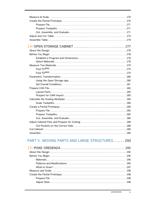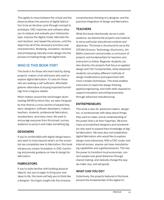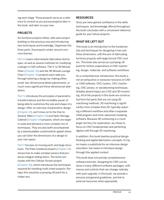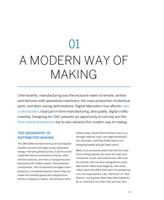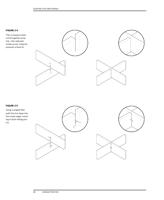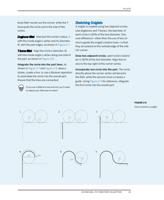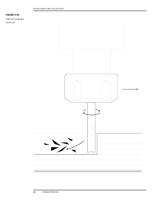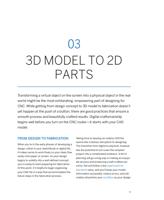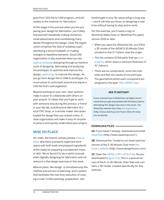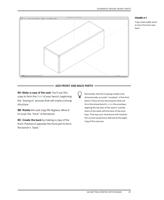
FOREWORD
Who would guess that a book titled Design for
CNC is actually a how-to about thriving in the
new economy and, at a broader level, changing
society to be more democratic and sustaina-
ble?
Computer numerical control (CNC) turns a
design on a computer into instructions that are
sent to an automated tool. If you have ever
clicked the Print button on your computer and
sent a document to a laser printer, you know
what it’s like to see a picture on your screen
turn into a physical object in the world. A CNC
router is like a laser printer, but it can make the
parts for a chair, or a table, or a bookshelf, out
of a plain sheet of plywood. And if you have
ever assembled IKEA furniture, you understand
how a flat box filled with pieces of particleboard
can be magically turned into three-dimensional
furniture. (Admittedly, those bookshelves are
probably missing a couple of screws, and may
not withstand the move to your next apart-
ment.) With smart design, a few 4′ x 8′ sheets
of plywood can be turned into a house full of
stylish and sturdy furniture.
Design for CNC describes a new world of possi-
bilities enabled by low-cost CNC tools coupled
with designs shared, refined, and customized
globally over the internet. The book makes its
case using something we all use every day: fur-
niture. Furniture design and production was
traditionally based near the sources of raw
materials, which is why Grand Rapids, Michi-
gan, is home to Herman Miller, Steelcase, and
other designers. Today, furniture is a global
industry. IKEA’s design may be Scandinavian,
but its supply chain stretches around the world.
When you think about it, IKEA does not sell fur-
niture—it sells standardized, precut materials,
and a set of instructions, screws, and Allen
wrenches to assemble them. The designs are
ingenious, but suffer the flaws of mass produc-
tion. IKEA’s products are standardized to be
made in bulk in distant factories, and if the local
outlet does not have what you want, you’re out
of luck.
Design for CNC poses a crucial question: why
ship one-size-fits-all particleboard furniture
around the world when a CNC machine
empowers us to locally fabricate designs made
anywhere, using whatever local materials we
choose? Ship information, not stuff! Just-in-
time production at a local fab facility can be
both customized and modest in cost.
CNC tools have gotten extremely precise and
remarkably cheap. You don’t need to be a major
corporation to have a CNC router; in fact, some
of your neighbors might even have ShopBots in
their basements. (And if they don’t, you can
xiii













